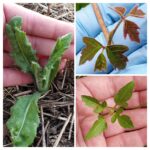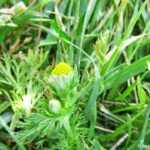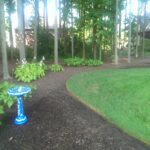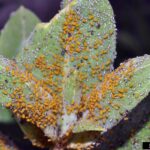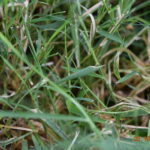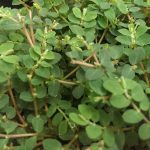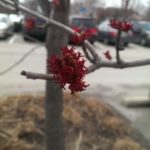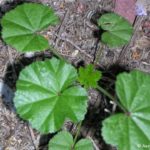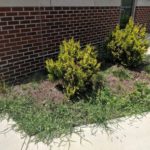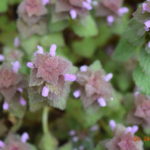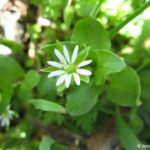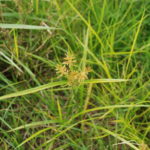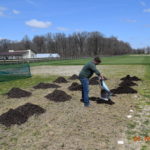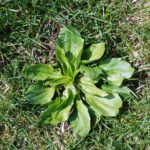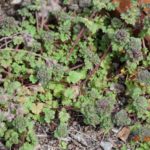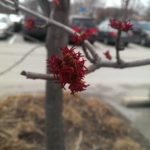Resources for landscapes and gardens in the Midwest
Search Results: weed
It’s time for spring cleaning the herbaceous perennial garden, but be careful not to pluck out any of your favorite flowers. With all the green quickly sprouting up, it may be difficult to tell friend from foe. Established herbaceous perennials will emerge from the ground in the same location as[Read More…]
Read MoreHow did your weed control program perform this year? Could you be 10% more efficient? Could you make your clients 10% more satisfied with the level of weed control? In today’s labor market, improving efficiency is the single best way to reallocate labor to other, more profitable, jobs. One aspect[Read More…]
Read MoreBright yellow or orange aphids covering a milkweed plant may look shocking, but they usually aren’t a cause for concern. These aphids become more noticeable in late summer or when plants are stressed. Some may find them unsightly, but, for the most part, they cause little to no harm to[Read More…]
Read MoreBiology: Common bermudagrass (Cynodon dactylon) is the most commonly used turfgrass in the southern United States, but it is also a difficult-to-control weed in northern turf. Bermudagrass is a drought tolerant, warm-season, perennial grass species that tolerates low mowing and actively spreads vegetatively by both rhizomes and stolons but also has[Read More…]
Read MoreBiology: Wild Garlic (Allium vineale) is a monocotyledonous cool-season perennial that can be found throughout most of the eastern and southern United States. Despite having linear leaves and parallel veins, wild garlic is neither a grass nor a sedge; it is a member of the lily family. Wild garlic is more[Read More…]
Read MoreThis winter has been very mild, especially compared to last year. With the mild temperatures throughout the season, most plants have accumulated enough growing degree days to start bud break when temperatures become favorable. Utilizing the Spring Leaf Index, via the United States National Phenology Network (USNPN), spring has been[Read More…]
Read MoreBiology: Common mallow (Malva neglecta), also known as cheese mallow, cheese weed, and dwarf mallow, is a winter annual broadleaf weed, though it can also act as a biennial if environmental conditions that favor growth persist. It is generally found in low-maintenance turfgrass lawns, nursery crops, and landscapes. The ability of[Read More…]
Read MoreWhat is your go-to postemergence herbicide? If you answered Roundup (glyphosate is the active ingredient in Roundup), you would be in the majority for landscape and nursery professionals. Though glyphosate works very well on most weed species, there are times when other products may be more effective or offer a[Read More…]
Read MoreBiology: Common chickweed (Stellaria media) is a winter annual broadleaf weed. In lawns, it forms dense, prostrate patches throughout North America, but can grow relatively tall in the landscape. Common chickweed germinates from seed in late summer or early fall. However, germination timings can vary throughout the year if conditions are[Read More…]
Read MoreThis article, and many others, will be presented at the 2018 Purdue Turf and Landscape Field Day on July 10th. Registration is open and available online: https://www.mrtf.org/event/turf-and-landscape-field-day/?event_date=2018-07-10 Here is the lineup for the field day. A cultural weed control method is one that involves steps to reduce or eliminate weeds via[Read More…]
Read MoreBiology: Broadleaf plantain (Plantago major) is a perennial, broadleaf weed that can be found in nutrient-poor soils; however, they prefer nutrient rich-soils that are moist and often high in calcium. Broadleaf plantain is a common weed in turfgrass, nurseries, and landscapes. It germinates from seed in late spring through mid-to-late[Read More…]
Read MoreBiology: Henbit (Lamium amplexicaule) is a common winter annual broadleaf weed found throughout the United States. It can often be mistaken for another closely related winter annual broadleaf, purple deadnettle. Both can be observed by their showy pink to purple flowers which are primarily produced in April, but can appear from[Read More…]
Read MoreDandelion (Taraxacum officinale) Family: Asteraceae Life cycle: Perennial Reproduces: Seed Flowers: 1-2” diameter yellow disk and ray flowers on long stalk. Leaves: Simple, lobed (variable), wavy margins (variable), 3-10” long originating from a basal rosette Seedlings: Dicotyledon that is smooth, yellow-green and lack hairs. Comments: A very prominent[Read More…]
Read MoreSign-up to receive email news and alerts from Purdue Landscape Working Group:

